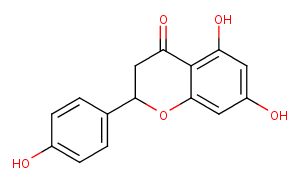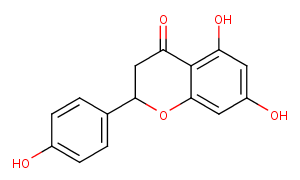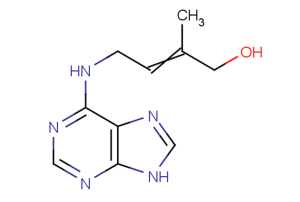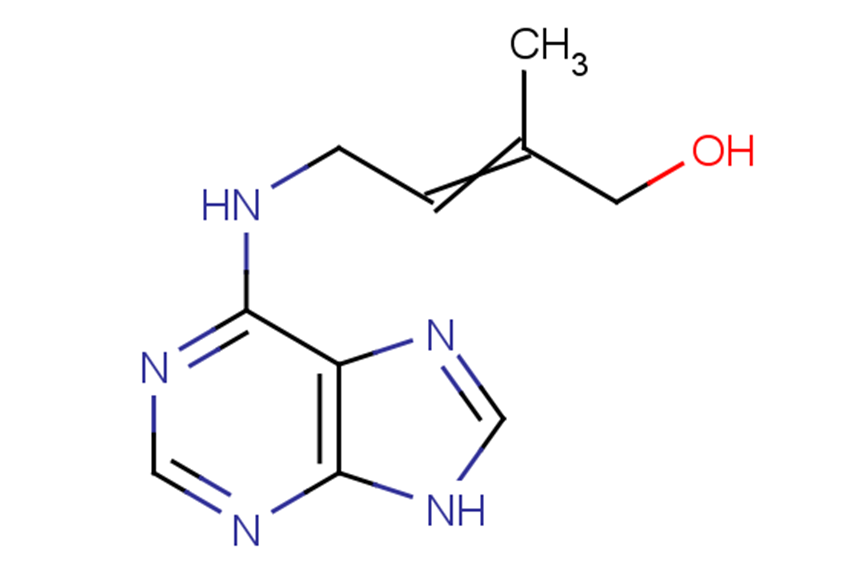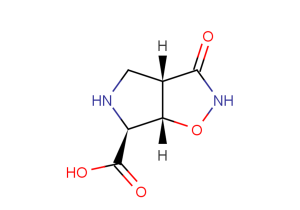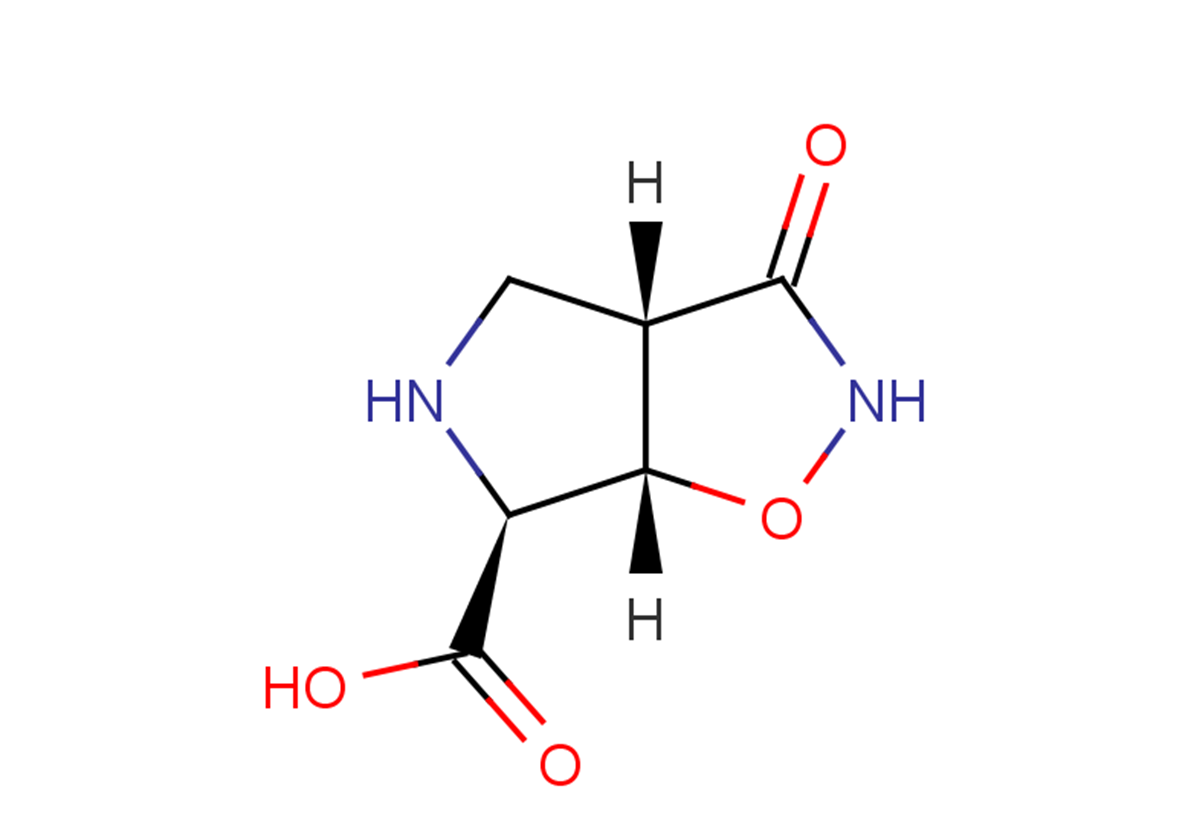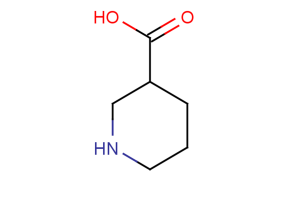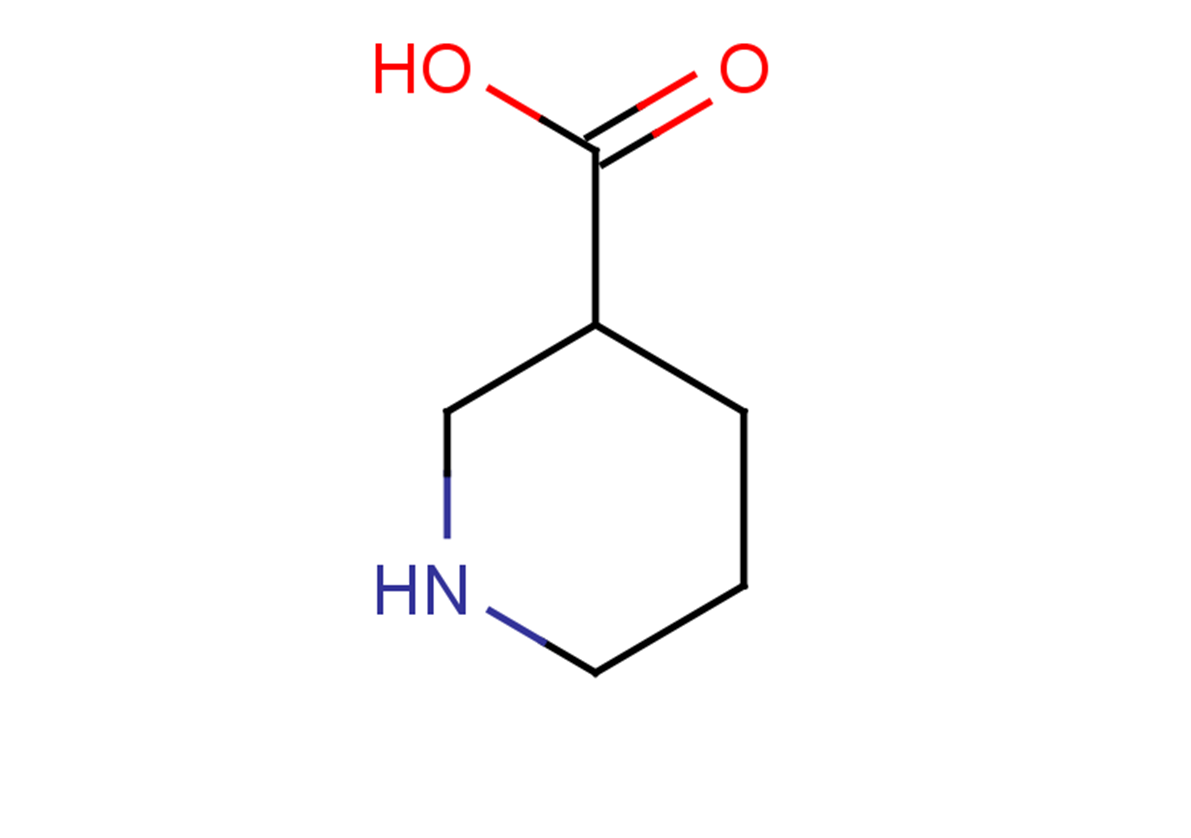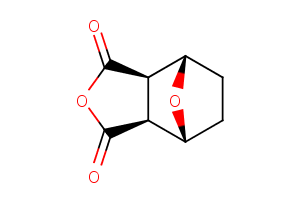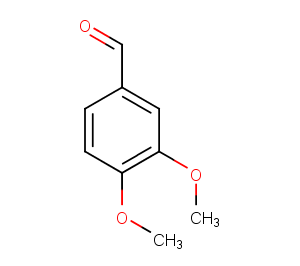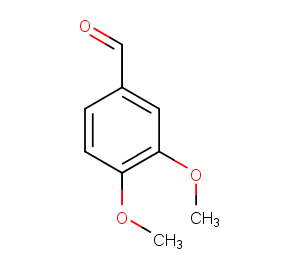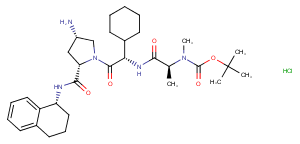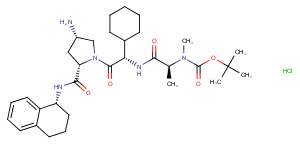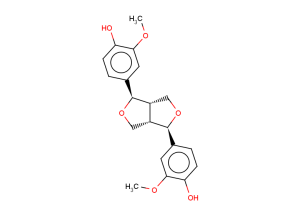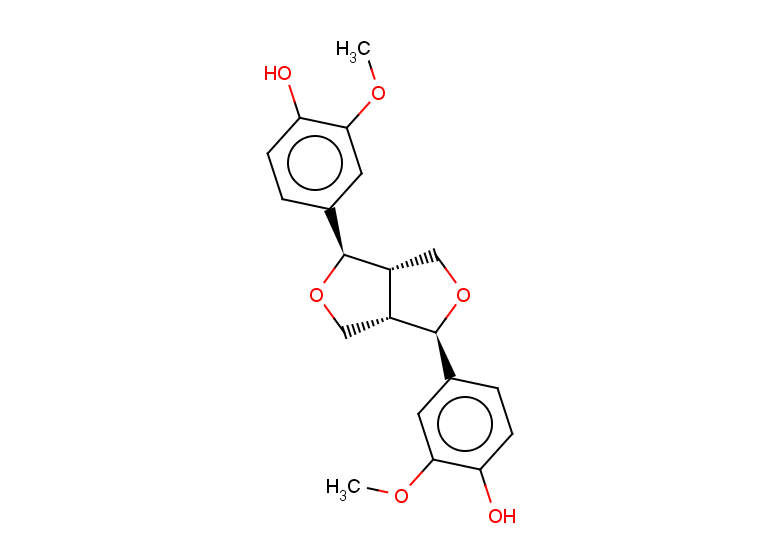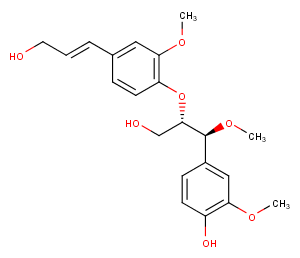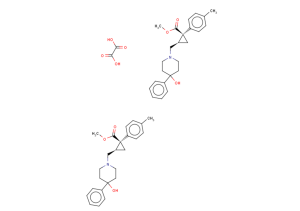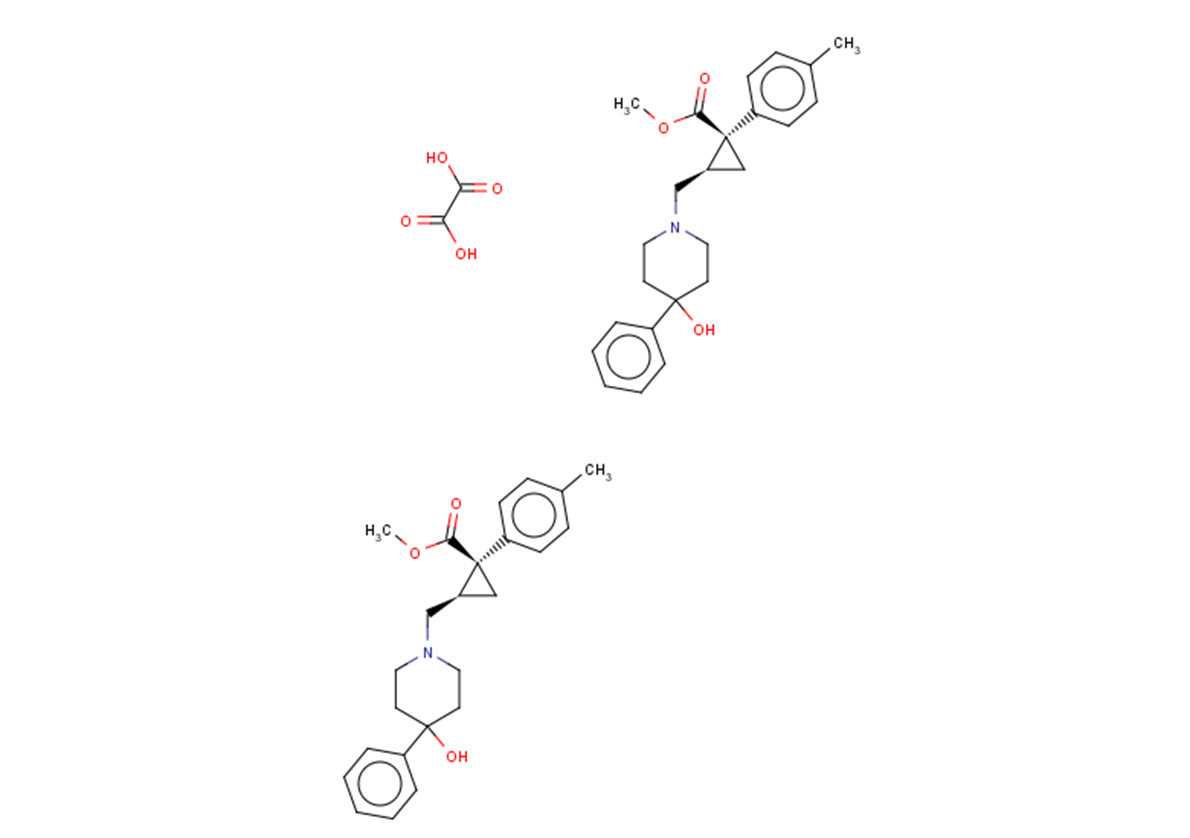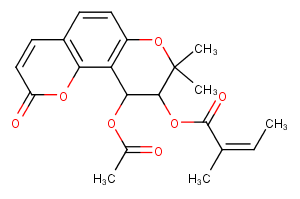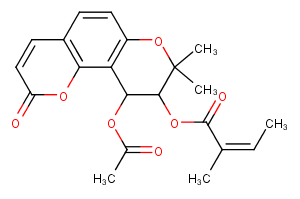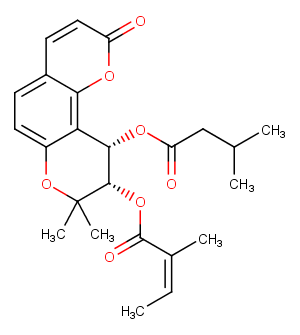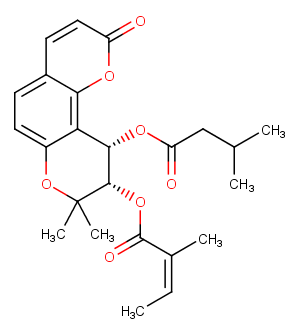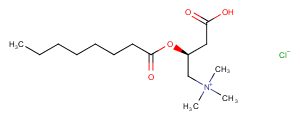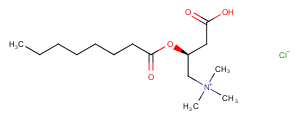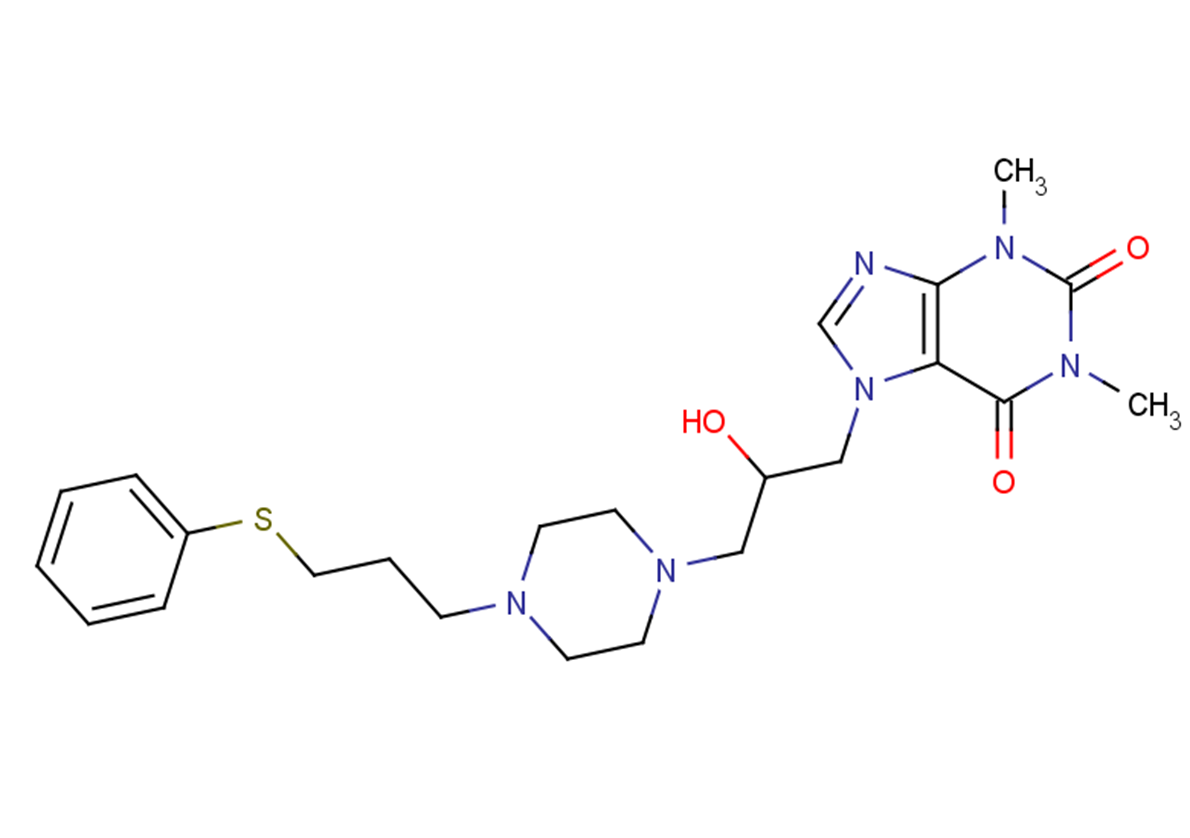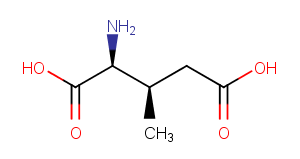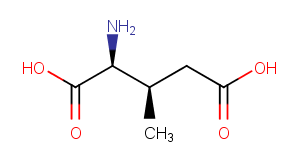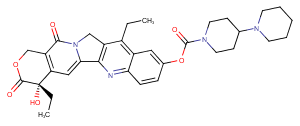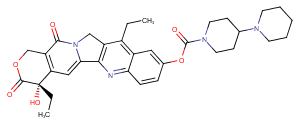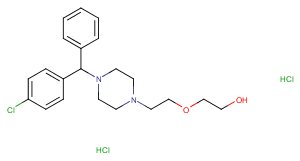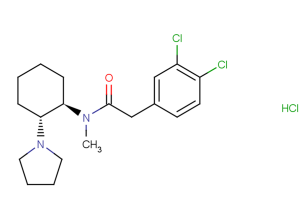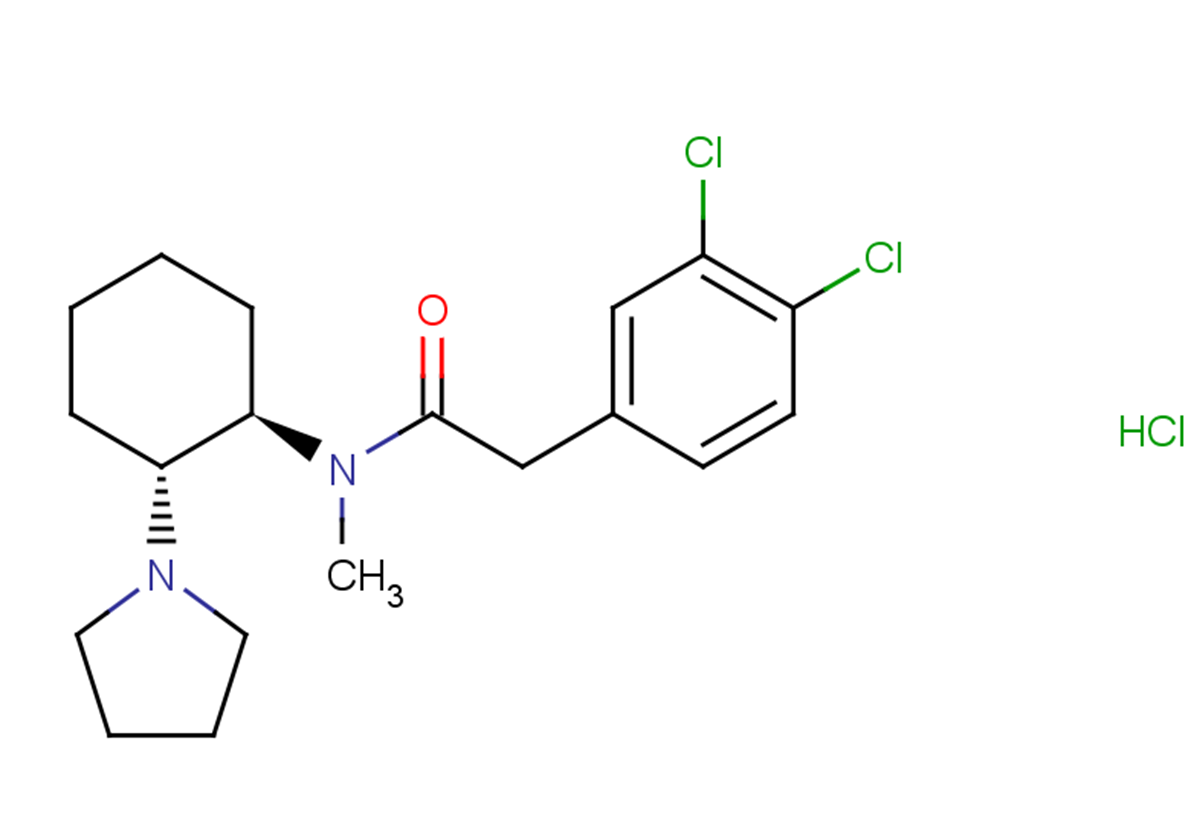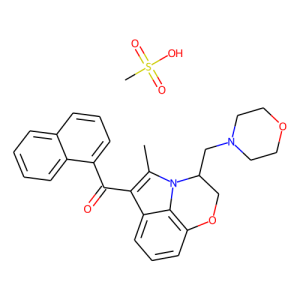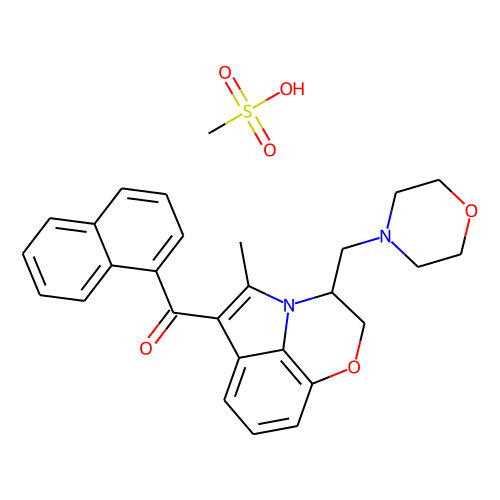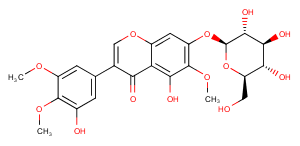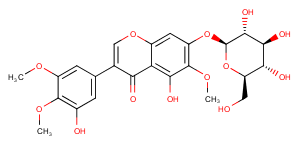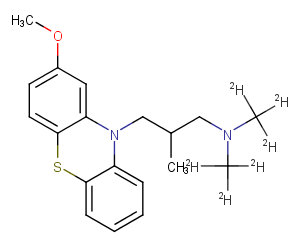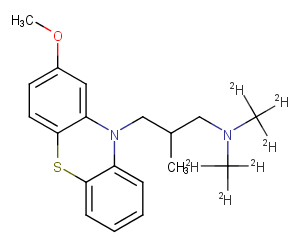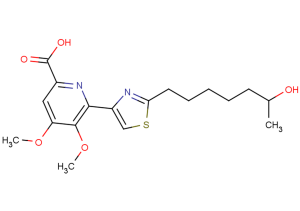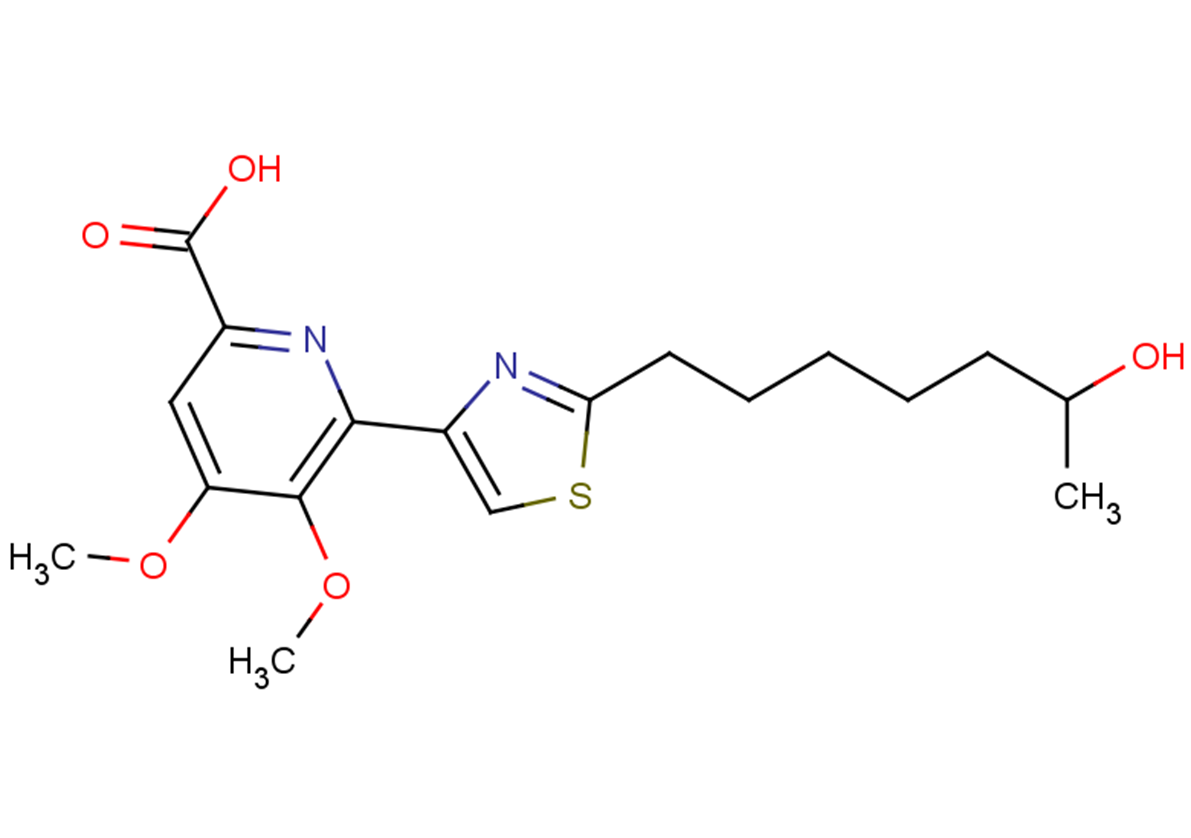TargetMol
TargetMol
TargetMol
TargetMol
(±)-Naringenin is a natural product. It displays vasorelaxant effect on endothelium-denuded vessels via the activation of BKCa channels in myocytes.
More Information
Supplier Page
TargetMol
(±)-Naringenin is a natural product. It displays vasorelaxant effect on endothelium-denuded vessels via the activation of BKCa channels in myocytes.
More Information
Supplier Page
TargetMol
Endothall Anhydride is a synthetic anticancer compound which is a dual inhibitor for c-Met and EGFR in human colon cancers.
More Information
Supplier Page
TargetMol
Endothall Anhydride is a synthetic anticancer compound which is a dual inhibitor for c-Met and EGFR in human colon cancers.
More Information
Supplier Page
TargetMol
Endothall Anhydride is a synthetic anticancer compound which is a dual inhibitor for c-Met and EGFR in human colon cancers.
More Information
Supplier Page
TargetMol
Endothall Anhydride is a synthetic anticancer compound which is a dual inhibitor for c-Met and EGFR in human colon cancers.
More Information
Supplier Page
TargetMol
Endothall Anhydride is a synthetic anticancer compound which is a dual inhibitor for c-Met and EGFR in human colon cancers.
More Information
Supplier Page
TargetMol
Endothall Anhydride is a synthetic anticancer compound which is a dual inhibitor for c-Met and EGFR in human colon cancers.
More Information
Supplier Page
TargetMol
Endothall Anhydride is a synthetic anticancer compound which is a dual inhibitor for c-Met and EGFR in human colon cancers.
More Information
Supplier Page
TargetMol
TargetMol
TargetMol
(±)-Pinoresinol is a natural product for research related to life sciences. The catalog number is TN5415 and the CAS number is 4263-88-1.
More Information
Supplier Page
TargetMol
(±)-Pinoresinol is a natural product for research related to life sciences. The catalog number is TN5415 and the CAS number is 4263-88-1.
More Information
Supplier Page
TargetMol
(±)-PPCC oxalate is a useful organic compound for research related to life sciences. The catalog number is T37012 and the CAS number is 932736-90-8.
More Information
Supplier Page
TargetMol
1. (±)-Praeruptorin A could exhibit its anti-osteoclastogenic activity by inhibiting p38/Akt-c-Fos-NFATc1 signaling and PLCγ-independent Ca(2+) oscillation 2. Praeruptorin A has the potential to inhibit migration/fusion of preosteoclasts in vitro and bone erosion in vivo by targeting calmodulin and inhibiting the Ca(2+)/calmodulin-CaMKIV-CREB-NFATc1 and/or Ca(2+)/calmodulin-calcineurin-NFATc1 signaling axis. 3. Praeruptorin A and praeruptorin C can significantly upregulate multidrug […]
More Information
Supplier Page
TargetMol
1. (±)-Praeruptorin A could exhibit its anti-osteoclastogenic activity by inhibiting p38/Akt-c-Fos-NFATc1 signaling and PLCγ-independent Ca(2+) oscillation 2. Praeruptorin A has the potential to inhibit migration/fusion of preosteoclasts in vitro and bone erosion in vivo by targeting calmodulin and inhibiting the Ca(2+)/calmodulin-CaMKIV-CREB-NFATc1 and/or Ca(2+)/calmodulin-calcineurin-NFATc1 signaling axis. 3. Praeruptorin A and praeruptorin C can significantly upregulate multidrug […]
More Information
Supplier Page
TargetMol
1. (±)-Praeruptorin A could exhibit its anti-osteoclastogenic activity by inhibiting p38/Akt-c-Fos-NFATc1 signaling and PLCγ-independent Ca(2+) oscillation 2. Praeruptorin A has the potential to inhibit migration/fusion of preosteoclasts in vitro and bone erosion in vivo by targeting calmodulin and inhibiting the Ca(2+)/calmodulin-CaMKIV-CREB-NFATc1 and/or Ca(2+)/calmodulin-calcineurin-NFATc1 signaling axis. 3. Praeruptorin A and praeruptorin C can significantly upregulate multidrug […]
More Information
Supplier Page
TargetMol
1. (±)-Praeruptorin A could exhibit its anti-osteoclastogenic activity by inhibiting p38/Akt-c-Fos-NFATc1 signaling and PLCγ-independent Ca(2+) oscillation 2. Praeruptorin A has the potential to inhibit migration/fusion of preosteoclasts in vitro and bone erosion in vivo by targeting calmodulin and inhibiting the Ca(2+)/calmodulin-CaMKIV-CREB-NFATc1 and/or Ca(2+)/calmodulin-calcineurin-NFATc1 signaling axis. 3. Praeruptorin A and praeruptorin C can significantly upregulate multidrug […]
More Information
Supplier Page
TargetMol
1. (±)-Praeruptorin A could exhibit its anti-osteoclastogenic activity by inhibiting p38/Akt-c-Fos-NFATc1 signaling and PLCγ-independent Ca(2+) oscillation 2. Praeruptorin A has the potential to inhibit migration/fusion of preosteoclasts in vitro and bone erosion in vivo by targeting calmodulin and inhibiting the Ca(2+)/calmodulin-CaMKIV-CREB-NFATc1 and/or Ca(2+)/calmodulin-calcineurin-NFATc1 signaling axis. 3. Praeruptorin A and praeruptorin C can significantly upregulate multidrug […]
More Information
Supplier Page
TargetMol
TargetMol
(±)-Taxifolin is the racemate of Taxifolin, a flavonoid commonly found in onion, silymarin, French maritime pine bark, and Douglas fir bark, with anti-tyrosinase and anti-fibrotic activity.Taxifolin is an inhibitor of collagenase, with an IC 50 value of 193.3 μM. Taxifolin is a free radical scavenger with antioxidant capacity.
More Information
Supplier Page
TargetMol
(±)-Tazifylline is a selective and long-acting antagonist of histamine H1 receptor. Tazifylline shows much lower affinity for H2 receptors, α- and β-adrenoceptors, 5-hydroxytryptamine and muscarinic receptor subtypes.
More Information
Supplier Page
TargetMol
(±)-Tazifylline is a selective and long-acting antagonist of histamine H1 receptor. Tazifylline shows much lower affinity for H2 receptors, α- and β-adrenoceptors, 5-hydroxytryptamine and muscarinic receptor subtypes.
More Information
Supplier Page
TargetMol
(±)-Tazifylline is a selective and long-acting antagonist of histamine H1 receptor. Tazifylline shows much lower affinity for H2 receptors, α- and β-adrenoceptors, 5-hydroxytryptamine and muscarinic receptor subtypes.
More Information
Supplier Page
TargetMol
(±)-Tazifylline is a selective and long-acting antagonist of histamine H1 receptor. Tazifylline shows much lower affinity for H2 receptors, α- and β-adrenoceptors, 5-hydroxytryptamine and muscarinic receptor subtypes.
More Information
Supplier Page
TargetMol
(±)-Tazifylline is a selective and long-acting antagonist of histamine H1 receptor. Tazifylline shows much lower affinity for H2 receptors, α- and β-adrenoceptors, 5-hydroxytryptamine and muscarinic receptor subtypes.
More Information
Supplier Page
TargetMol
(±)-Tazifylline is a selective and long-acting antagonist of histamine H1 receptor. Tazifylline shows much lower affinity for H2 receptors, α- and β-adrenoceptors, 5-hydroxytryptamine and muscarinic receptor subtypes.
More Information
Supplier Page
TargetMol
(±)-Tazifylline is a selective and long-acting antagonist of histamine H1 receptor. Tazifylline shows much lower affinity for H2 receptors, α- and β-adrenoceptors, 5-hydroxytryptamine and muscarinic receptor subtypes.
More Information
Supplier Page
TargetMol
TargetMol
TargetMol
(±)-trans-1,2-Bis(2-mercaptoacetamido)cyclohexane (BMC) is a cyclohexane with two mercaptoacetamido groups. It is used, both in vitro and in vivo, to promote the correct folding of proteins that require disulfide bonds for functionality. For in vitro applications, BMC may be used to facilitate protein refolding of solubilized proteins from inclusion bodies. Reducing agents, like dithiothreitol, may interfere […]
More Information
Supplier Page
TargetMol
(±)-trans-1,2-Bis(2-mercaptoacetamido)cyclohexane (BMC) is a cyclohexane with two mercaptoacetamido groups. It is used, both in vitro and in vivo, to promote the correct folding of proteins that require disulfide bonds for functionality. For in vitro applications, BMC may be used to facilitate protein refolding of solubilized proteins from inclusion bodies. Reducing agents, like dithiothreitol, may interfere […]
More Information
Supplier Page
TargetMol
(±)-trans-1,2-Bis(2-mercaptoacetamido)cyclohexane (BMC) is a cyclohexane with two mercaptoacetamido groups. It is used, both in vitro and in vivo, to promote the correct folding of proteins that require disulfide bonds for functionality. For in vitro applications, BMC may be used to facilitate protein refolding of solubilized proteins from inclusion bodies. Reducing agents, like dithiothreitol, may interfere […]
More Information
Supplier Page
TargetMol
TargetMol
TargetMol
TargetMol
TargetMol
TargetMol
(±)-WIN 55,212-2 is a potent aminoalkylindole cannabinoid (CB) receptor agonist with a Ki value of 62.3 and 3.3 nM for human recombinant central cannabinoid (CB1) and peripheral cannabinoid (CB2) receptors, respectively. In contrast, the enantiomer (-)-WIN 55,212-3 acts a partial inverse agonist at CB1 (pIC50 = 5.5) and as a competitive neutral antagonist of CB2, […]
More Information
Supplier Page
TargetMol
(±)-WIN 55,212-2 is a potent aminoalkylindole cannabinoid (CB) receptor agonist with a Ki value of 62.3 and 3.3 nM for human recombinant central cannabinoid (CB1) and peripheral cannabinoid (CB2) receptors, respectively. In contrast, the enantiomer (-)-WIN 55,212-3 acts a partial inverse agonist at CB1 (pIC50 = 5.5) and as a competitive neutral antagonist of CB2, […]
More Information
Supplier Page
TargetMol
(±)-WIN 55,212-2 is a potent aminoalkylindole cannabinoid (CB) receptor agonist with a Ki value of 62.3 and 3.3 nM for human recombinant central cannabinoid (CB1) and peripheral cannabinoid (CB2) receptors, respectively. In contrast, the enantiomer (-)-WIN 55,212-3 acts a partial inverse agonist at CB1 (pIC50 = 5.5) and as a competitive neutral antagonist of CB2, […]
More Information
Supplier Page
TargetMol
(±)-WIN 55,212-2 is a potent aminoalkylindole cannabinoid (CB) receptor agonist with a Ki value of 62.3 and 3.3 nM for human recombinant central cannabinoid (CB1) and peripheral cannabinoid (CB2) receptors, respectively. In contrast, the enantiomer (-)-WIN 55,212-3 acts a partial inverse agonist at CB1 (pIC50 = 5.5) and as a competitive neutral antagonist of CB2, […]
More Information
Supplier Page
(±)-WS75624B
5 mg
| Purity Not Available
TargetMol
(±)-WS75624B
50 mg
| Purity Not Available
TargetMol



